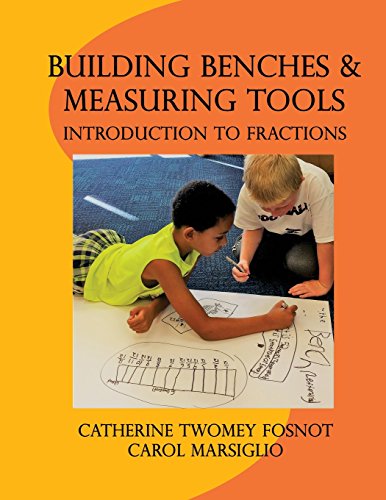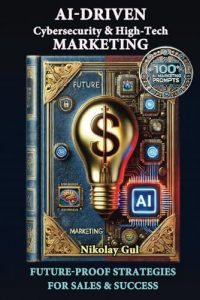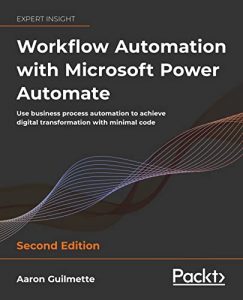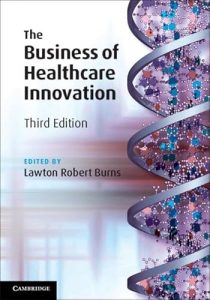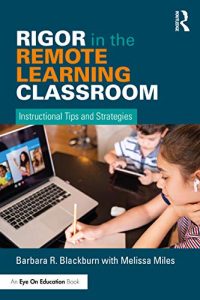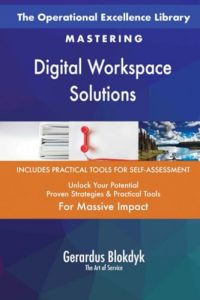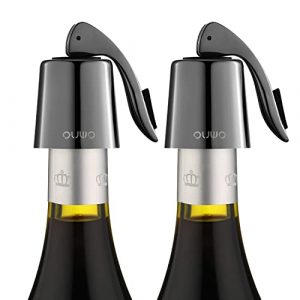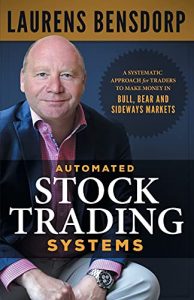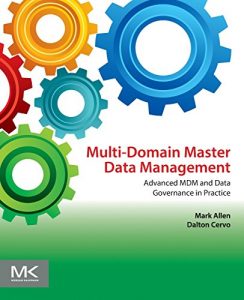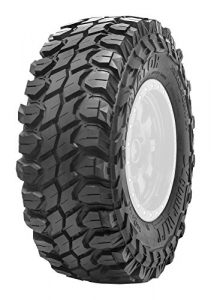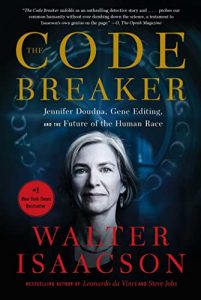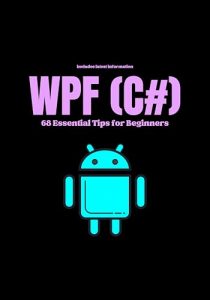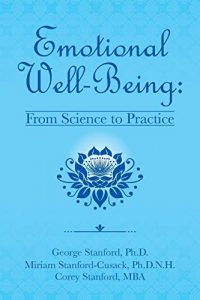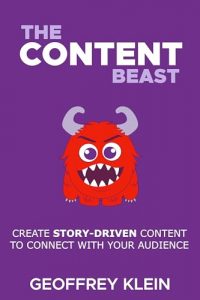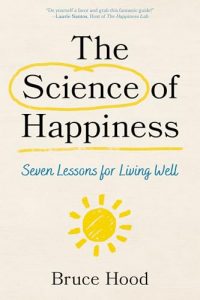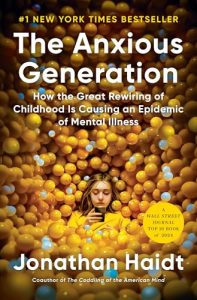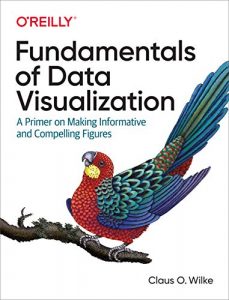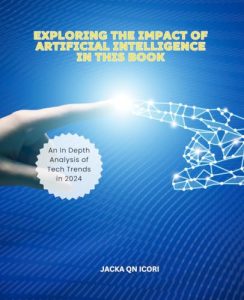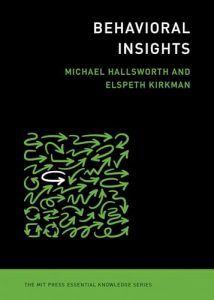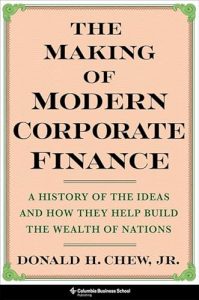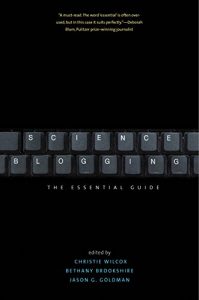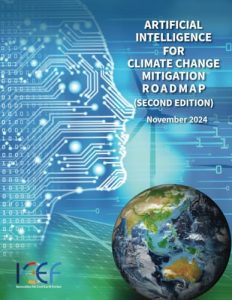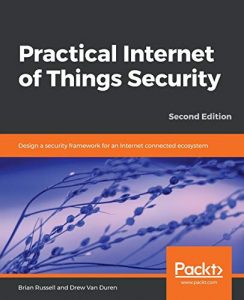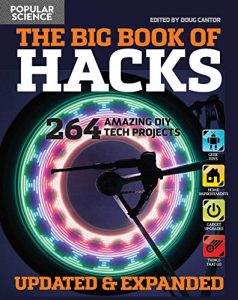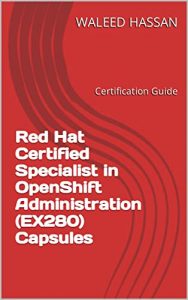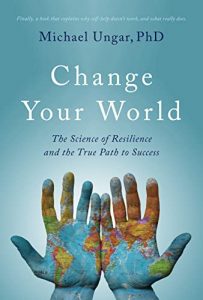1. Building Benches and Measuring Tools: Introduction to Fractions
This book by Catherine Twomey Fosnot and Carol Marsiglio is not just about math; it introduces children to the fascinating world of fractions through hands-on woodworking projects. Kids will learn to measure and cut, gaining valuable skills while grasping numeric concepts that often seem elusive. Engaging them in practical tasks helps solidify their understanding of fractions, making math tangible and fun!
2. Mark Twain STEM Labs for Life Science Workbook
This activity book is designed for grades 6-8, featuring engaging experiments related to life, anatomy, and ecosystems. Authored by Schyrlet Cameron and Carolyn Craig, it encourages students to explore science concepts creatively. Each integrated activity heightens interest and strengthens understanding, making it perfect for both classroom and homeschooling settings. With a price tag of just $8.59, it’s a steal for hands-on learning!
3. Awesome Science Experiments for Kids
Crystal Chatterton’s exploration into 100+ science experiments takes learning to an exciting new level. Perfect for budding scientists, this book presents engaging STEM and STEAM projects that children can conduct at home. It emphasizes the ‘why’ behind each experiment, fostering an inquisitive mindset. This hands-on approach is not only educational but immensely entertaining, ensuring lasting interest in science!
4. Logic Workbook for Gritty Kids
Designed for ages 6 to 10, this workbook by Dan Allbaugh and Anil Yap is packed with logic puzzles, games, and activities that stimulate critical thinking. The engaging format encourages kids to solve problems creatively while developing essential reasoning skills. This book is a fantastic tool for parents and educators looking to enhance children’s cognitive abilities through fun and interactive tasks.
5. Howtoons: Tools of Mass Construction
Saul Griffith and the Dragotta siblings present a unique fusion of engineering concepts and comic storytelling in this engaging manual. Perfect for young creators, it invites kids to explore hands-on construction with readily available materials. By guiding them through exciting projects, it builds confidence and creativity and reinforces STEM skills in a fun and captivating way.
6. Using STEM to Investigate Issues in Food Production
Perfect for grades 5-8, this book by Barbara R. Sandall and Abha Singh tackles essential real-world issues relating to food production through a STEM lens. It gives students the tools to explore ecological and agricultural concepts, enhancing their awareness of global challenges. Integrative activities ensure that learning is aligned with practical applications, encouraging mindful citizens of tomorrow.
7. Mark Twain STEM Labs for Physical Science Workbook
Another gem from Schyrlet Cameron and Carolyn Craig, this workbook encourages middle school students to explore physical science concepts through hands-on activities involving matter, forces, and motion. It’s a great resource for sparking curiosity in young minds, making complex principles accessible and enjoyable. A perfect addition to any STEM curriculum!
8. Magnetic Tiles STEM Play Ideas
Alice Wong’s book provides a creative outlet for children by offering 50 fun builds that stimulate spatial reasoning and creativity. This guide empowers kids to imagine and create through the use of magnetic tiles, fostering both independent and collaborative play. These engaging projects create a wonderful environment for STEM exploration and endless fun.
9. My STEM Day – Technology
Nancy Dickmann’s delightful book is rich with fun facts and activities tailored towards introducing technology concepts. It invites children on a journey of discovery about the tools they use every day. Engaging writing and interactive activities keep kids interested while fostering an appreciation for technology.
10. STEM Meets AI
This comprehensive guide by Denise M. Gray and Petrina A. Gray is crucial for educators and parents interested in artificial intelligence’s role in our lives. With an insightful and accessible format, it explains AI in relation to STEM, offering valuable perspectives on teaching these interconnected fields. Essential reading for anyone keen to prepare children for a technologically integrated future!

